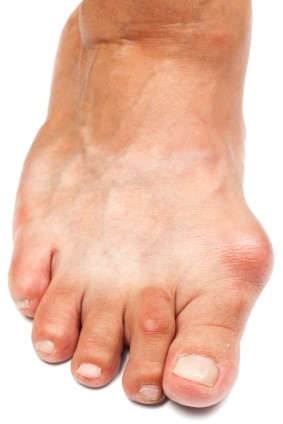
 As the winter months are here, you may find yourself switching to winter shoes such as boots. However, it’s important to be mindful that boots are often narrow and can irritate bunions. Bunions are known as bony protrusions on the side of the feet, developing over time. Narrow shoes such as winter boots can contribute to the progression of this condition, so it’s vital to accommodate your feet. Opt for wide shoes and look to treatment options such as orthotics, paddings, and if the condition is severe, anti-inflammatory medications or injections. Untreated bunions can make walking uncomfortable.
As the winter months are here, you may find yourself switching to winter shoes such as boots. However, it’s important to be mindful that boots are often narrow and can irritate bunions. Bunions are known as bony protrusions on the side of the feet, developing over time. Narrow shoes such as winter boots can contribute to the progression of this condition, so it’s vital to accommodate your feet. Opt for wide shoes and look to treatment options such as orthotics, paddings, and if the condition is severe, anti-inflammatory medications or injections. Untreated bunions can make walking uncomfortable.
If you are suffering from bunions, contact Dr. Todd Goldberg of Complete Family Foot Care Center, P.C. Our doctor can provide the care you need to keep you pain-free and on your feet.
What is a Bunion?
A bunion is formed of swollen tissue or an enlargement of boney growth, usually located at the base joint of the toe that connects to the foot. The swelling occurs by the bones in the big toe shifting inward, which impacts the other toes of the foot. This causes the area around the base of the big toe to become inflamed and painful.
Why do Bunions Form?
How are Bunions Diagnosed?
Doctors often perform two tests – blood tests and x-rays – when trying to diagnose bunions, especially in the early stages of development. Blood tests help determine if the foot pain is being caused by something else, such as arthritis, while x-rays provide a clear picture of your bone structure to your doctor.
How are Bunions Treated?
If you have any questions, please feel free to contact our office located in Littlestown, PA. We offer the newest diagnostic and treatment technologies for all your foot care needs.